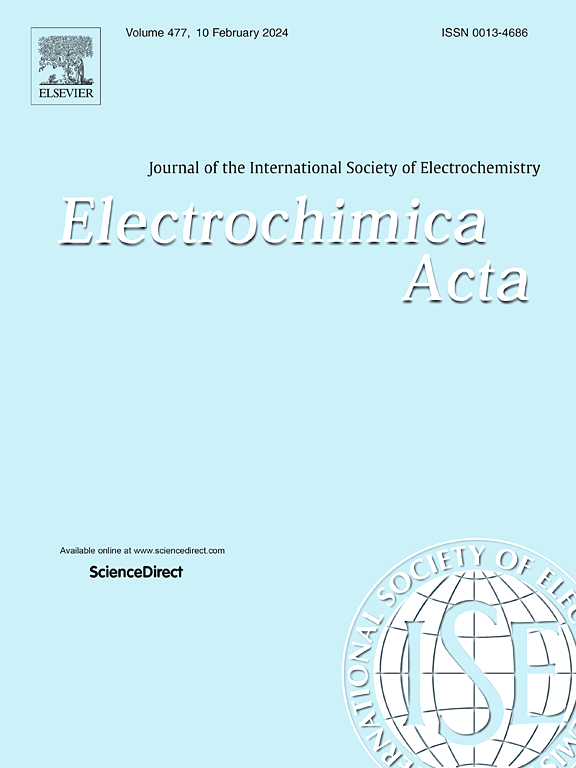Simple and cost-effective method for engineering tunable defects and functional groups for high-performance coal-derived hard carbon anodes in sodium-ion batteries
IF 5.5
3区 材料科学
Q1 ELECTROCHEMISTRY
引用次数: 0
Abstract
The development of advanced anode materials for sodium-ion batteries (SIBs) is critical for enhancing energy storage capabilities. Herein, we present a simple and cost-effective one-step carbonization method to engineer tunable defects and functional groups in coal-derived hard carbon (HC) anodes. By exploiting the inherent features of coal, such as its aromatic structure and reactive functionalities, we systematically tailor the HC microstructure through controlled carbonization. The resulting materials exhibit adjustable features, including graphite-like microcrystals, amorphous carbon domains, nanoporous networks, and oxygen-containing functional groups, enabling optimized sodium-ion storage performance. Notably, the lignite-derived HC material (L-1300) synthesized at 1300 °C achieves a reversible capacity of 295 mAh g⁻¹, an initial Coulombic efficiency of 89 %, and exceptional capacity retention (97 %) after 500 cycles at 1 C. The enhanced electrochemical performance is attributed to the synergistic effects of engineered defects and functional groups, which facilitate efficient sodium ion transport and storage. This study demonstrates the potential of coal as a sustainable and low-cost precursor for high-performance HC anodes, offering a promising approach for next-generation SIBs.
钠离子电池中高性能煤基硬碳阳极的工程可调缺陷和官能团的简单而经济的方法
开发先进的钠离子电池负极材料是提高电池储能性能的关键。在此,我们提出了一种简单且经济高效的一步碳化方法来设计煤衍生硬碳(HC)阳极的可调缺陷和官能团。利用煤的芳香族结构和活性官能团等固有特征,通过控制炭化,系统地定制HC微观结构。所得材料表现出可调节的特征,包括石墨样微晶体、无定形碳畴、纳米孔网络和含氧官能团,从而实现了优化的钠离子存储性能。值得注意的是,在1300℃下合成的褐煤衍生HC材料(L-1300)的可逆容量为295 mAh g⁻¹,初始库仑效率为89%,在1℃下循环500次后的容量保持率为97%。电化学性能的增强归功于工程缺陷和官能团的协同作用,它们促进了钠离子的有效运输和储存。这项研究证明了煤作为高性能HC阳极的可持续和低成本前体的潜力,为下一代sib提供了一种有前途的方法。
本文章由计算机程序翻译,如有差异,请以英文原文为准。
求助全文
约1分钟内获得全文
求助全文
来源期刊

Electrochimica Acta
工程技术-电化学
CiteScore
11.30
自引率
6.10%
发文量
1634
审稿时长
41 days
期刊介绍:
Electrochimica Acta is an international journal. It is intended for the publication of both original work and reviews in the field of electrochemistry. Electrochemistry should be interpreted to mean any of the research fields covered by the Divisions of the International Society of Electrochemistry listed below, as well as emerging scientific domains covered by ISE New Topics Committee.
 求助内容:
求助内容: 应助结果提醒方式:
应助结果提醒方式:


